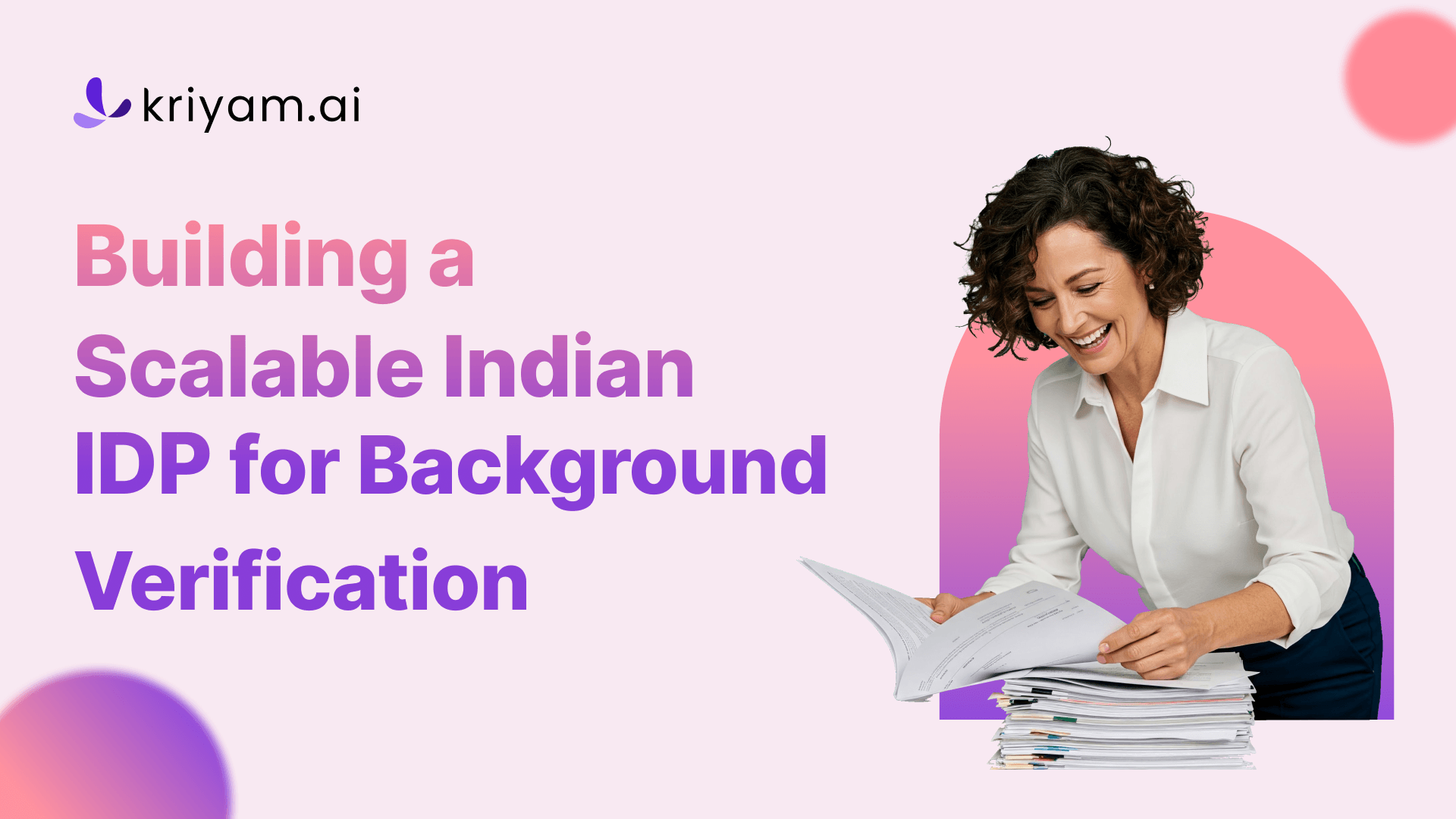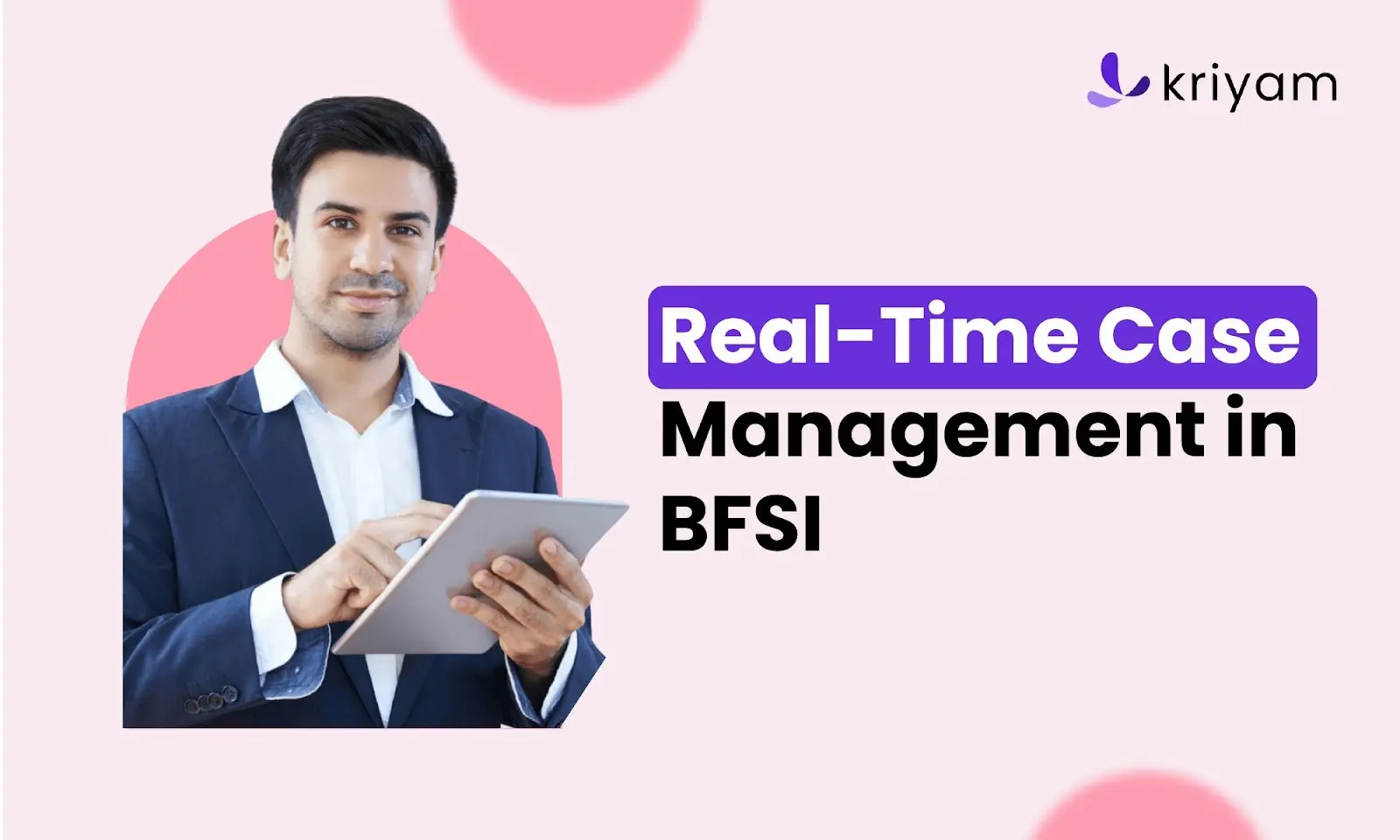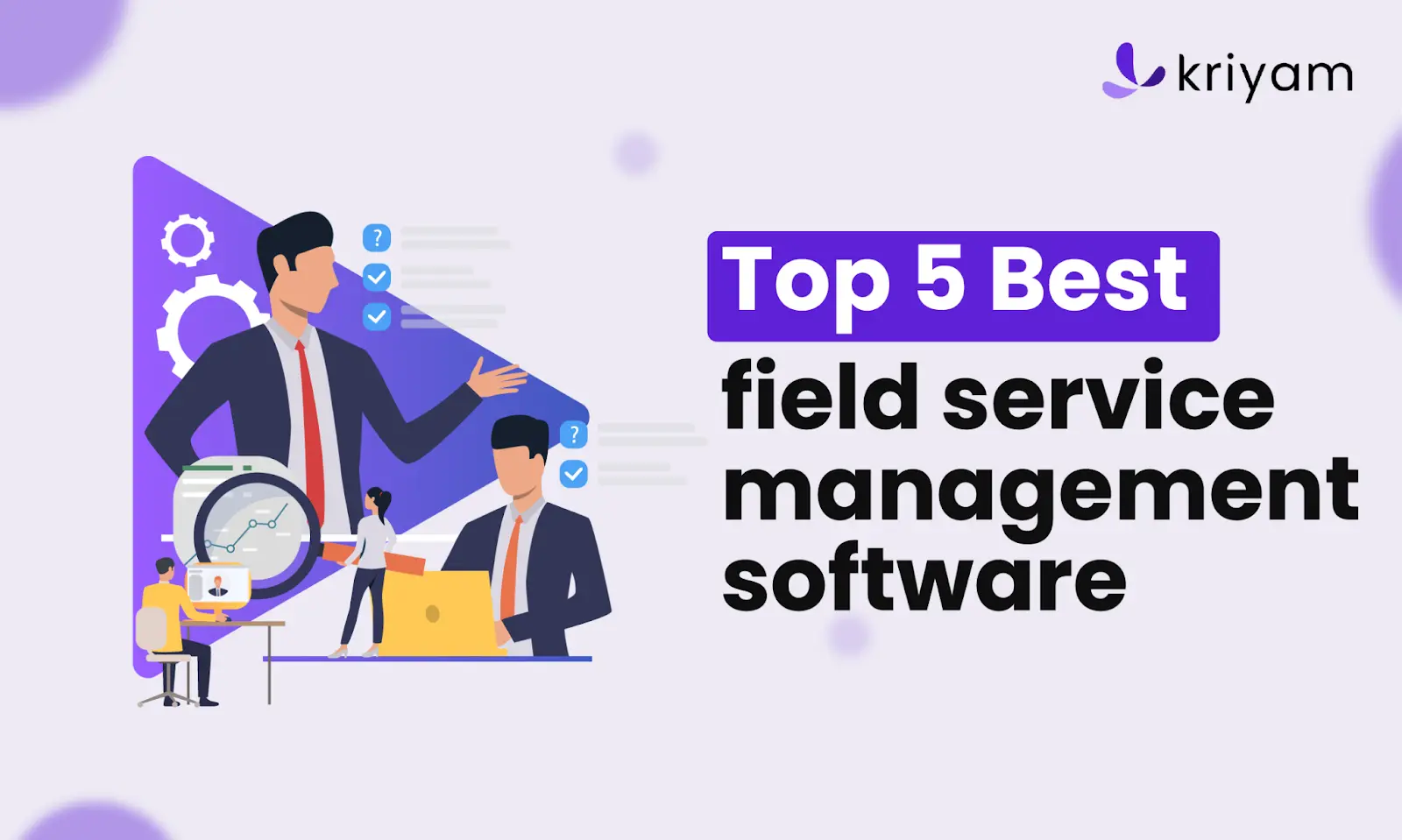How NLP and OCR Work Together for Background Verification
Avishek Jana | 5th May, 2025
5 min reads
Avishek Jana | 5th May, 2025 | 5 min reads

In India, no two ID documents look the same. From Aadhaar to PAN cards, each document varies by state, language, and format—often scanned with a shaky phone camera. This makes background verification slow and error-prone.
Traditional OCR can read the text but usually fails to understand the semantic meaning of it. NLP understands text but needs it to be clean and structured. Alone, they fall short.
We built a solution that combines both. It reads, understands, and verifies Indian documents—even the blurry, multilingual ones—so background checks become faster, smarter, and far more accurate.
1. Challenges with Traditional OCR for Indian Documents
Most traditional OCR systems were designed with western document formats in mind. When applied to Indian documents, they run into several limitations:
Layout Variability: Indian documents like Aadhaar, PAN, Voter ID, and Driving License all have different layouts, fonts, and field placements—often varying by state and issuing authority.
Multilingual Content: Documents may be written in Hindi, English, Bengali, Tamil, or a mix of languages.
Poor Image Quality: Mobile captures are often blurred, skewed, or shadowed—especially by non-tech-savvy users.
No Support for Cross-Validation: Verifying data consistency across documents (e.g., name match between PAN and Aadhaar) is impossible with standalone OCR.
2. Our Solution: Smart, Multilingual, India-Ready IDP
We’ve built an end-to-end IDP system that combines the strengths of OCR and large language models (LLMs), specifically tailored for Indian documents. It can read and understand Indian documents, no matter how they’re formatted.
What makes our system different?
A. Multilingual OCR Engine
- Trained on Indian fonts and regional scripts.
- Handles noisy, skewed, and low-resolution images with adaptive preprocessing.
- Supports documents in multiple Indian languages, including mixed-language cases.
B. LLM-Powered NLP Layer
- Adds semantic understanding to OCR output.
- Recognizes fields even if labeled differently across formats (e.g., “D.O.B”, “Date of Birth”, or just a raw date).
- Performs cross-document field matching and logical validation.
- Generates a natural-language summary of findings (e.g., “PAN and Aadhaar match. DOB confirmed. Address differs.”)
C. Structured JSON Output
- Extracted data is provided as clean JSON, ready for integration with internal systems.
- APIs allow real-time or batch processing of documents.
3. How It Helps with the Background Verification Process
For background verification, we usually collect multiple documents from a candidate—like Aadhaar, PAN, driving license, and education certificates. These are then cross-checked manually by operations teams, which takes time and often leads to errors.
Our system has the intelligence to automate this entire process:
Multi-Document Intelligence: Scans several documents together and generates a single, unified summary report.
Fraud Detection: Identifies tampered documents, mismatches, and other red flags using visual and contextual checks.
Smart Summarization: Highlights important matches (like name and date of birth) and flags issues such as address mismatches or missing information.
JSON Output: Generates a clean, structured JSON file ready for integration with HRMS, onboarding platforms, or internal tools.
Faster Turnaround: Processes documents in seconds, even at scale.
4. Conclusion
To conclude, background verification is just one business process where we’ve applied our IDP solution—but it’s only the beginning. The same technology can easily be extended to other domains and workflows where documents play a key role.
Other Potential Applications:
Insurance Claims
Automatically extract key details from medical bills, discharge summaries, and claim forms, helping insurers validate claims faster and flag any inconsistencies.Invoice Processing
Read and extract vendor name, invoice number, dates, GST details, and line items from both scanned and digital invoices. Match them with purchase orders and reduce manual data entry.Financial Services
Streamline KYC processes by reading identity documents, verifying details across forms, validating loan documents, and supporting credit underwriting with structured, machine-readable outputs.
What do you think—where else can this be implemented? Share your thoughts in the comments!
About the author
Avishek Jana
Director of Product Engineering
Avishek Jana | Director of Product Engineering
Deep expertise in product engineering and AI product development, driving innovation from concept to scale. Offers strategic insights that decode industry trends and accelerate smarter, future-ready solutions.
Interests: AI, Product Engineering
Content Overview
Process BGV Documents Instantly with AI-Powered OCR
Speed up your BGV process. Try It for free.
Share
FEATURED
Automation
Top 5 Best Field Service Management Software in 2025
Best Field Service Management Software
Shreyas R
27th November, 2023



